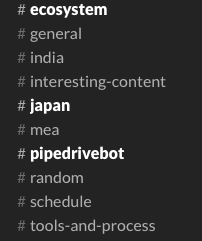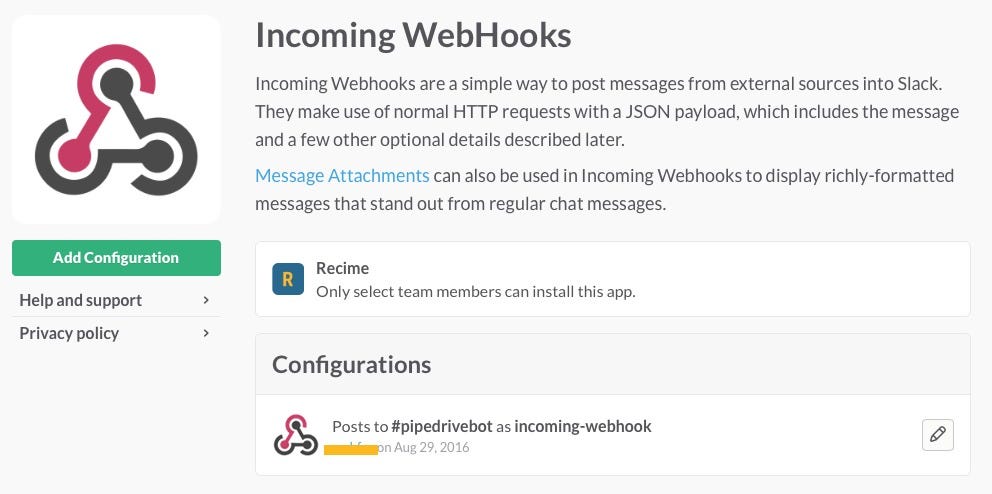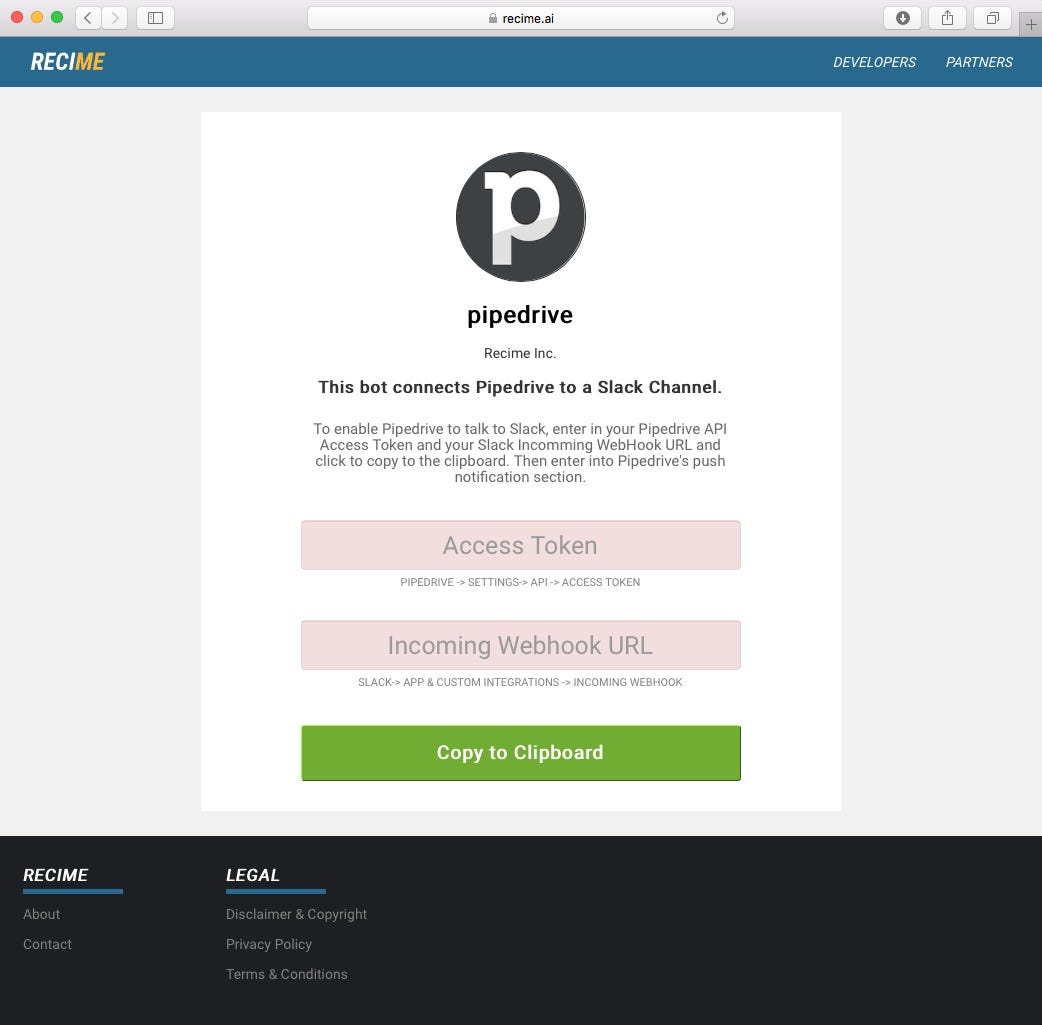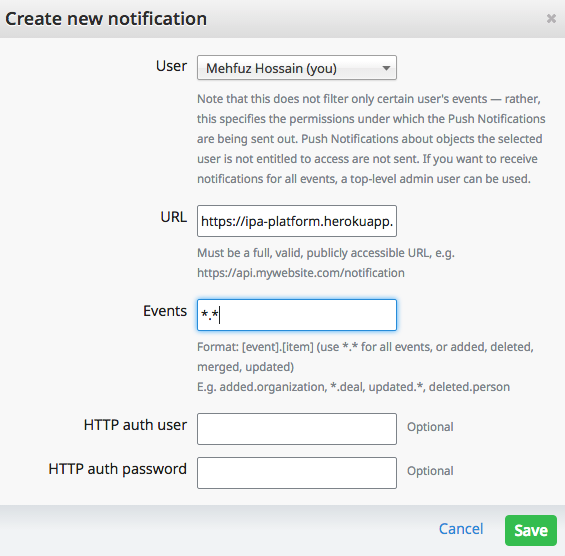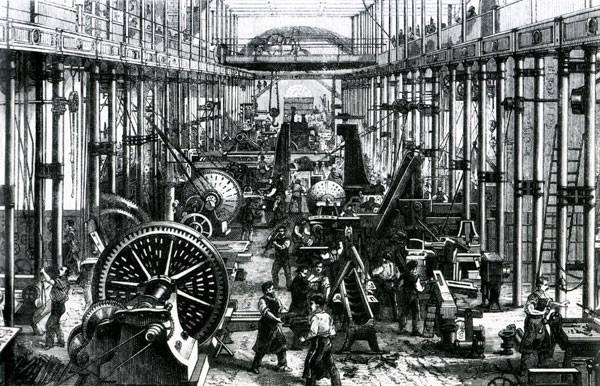Go Deep Then Wide

A lot of startups and well established businesses struggle with when the right time to expand into new verticals or new geographies. The short of it: Not before you’re dominating your first vertical and first consumer segment.
There’s an old tale in Silicon Valley that goes something like this: When Jeff Bezos, founder of Amazon, pitched his initial idea to Kleiner Perkins Caufield Byers, he told the VCs there that he wanted to sell everything online; every product in the market converted to the online channel as the future of transactions. But one of the VCs suggested he refine that idea: First, you must go deep in one vertical before eventually expanding into the next. And how do you know when to stop expanding in a particular vertical? When you’ve stopped learning.
Such as the cycle continues, as you continue expanding to new verticals, you won’t have to go as deep and your time to entry will be significantly shortened each time around. Over time, your company becomes wide — on an expedited timeline compared to the first plunge — and not because the company fully understands the business model and market factors to success.
Ultimately Bezos, of course, took the advice and decided to go deep in books before he went wide. After drilling all the way down into books, Amazon owned the market — even forcing companies like Borders (who chose to useAmazon to handle its ecommerce efforts) out of business.
Up next were CDs and DVDs — all the things you’d buy in a store. Then on and on Amazon went, adding everything from diapers to espresso machines to its arsenal. The company kept pace with technology, too, adding Kindle, streaming music, and streaming video options.
Deep and Wide in Action
My first startup spent a really long time focusing on recruitment and job advertising. Eventually, we added real estate and auto to our offerings, and we only had to spend a fraction of time during expansion. Pricing was the same, acquisition was the same, and the backend database was the same. We spent six months on the first vertical and three months on the second.
Another startup, Telerik, also followed suit, going deep by going deep with a robust Microsoft developer tools and then wide with cross-platform developer toolkit marketplace. We then switched to building out solutions for CMS, but because it was radically different from what we originally built, we were forced to go deep again. This wasn’t as fast and seamless, due to the differences, and it took just as long to master.
When you go deep, the right way, you gain the expertise and infrastructure to expand into new verticals. Then you’re well-positioned to go wide — and quickly.
Lessons from Amazon
Amazon spent about three years on books before moving into CDs, then six months on CDs before moving into DVDs, then four months on DVDs before opening up Amazon Auctions (which competed directly with eBay at the time but pivoted to what is the Amazon Marketplace today).
When you go deep into the first vertical successfully (e.g., after one year), it should be a lot quicker (e.g., six months) to make progress into the second vertical. And it should be even quicker (e.g., three months) to make progress in third. And so on. If it’s taking you longer to make progress in a subsequent vertical, you’re probably doing something wrong.
In order to stick to the “half time to success” formula, here are three major things to keep in mind:
- Move on when you stop learning. Don’t target the next vertical until you figure out the successful, scalable sales channel and business model before jumping to the next one. When Telerik hopped from dev tools to CMS, we faced challenges because the market and segment were both different. You must move into a market with a similar business model and segment to be able to go wide according to the shortened time frame. In Amazon’s case, books, CDs, and DVDs were no brainers.
- You need to diversify. A lot of companies stay on the proverbial books, CDs, DVDs track and then get sold or collapse. Companies that IPO or become big, on the other hand, go deep and wide in several different industries.
- Think outside the box. It’s no secret Amazon dominates the ecommerce market; the company was singlehandedly responsible for 60% of the United States’ ecommerce growth last year. After conquering ecommerce, the company wasn’t finished. It expanded deep into cloud computing with Amazon Web Services. Now, it’s going deep into brick-and-mortar with newly announced grocery stores you can walk into and out ofwithout standing in a line. It’s not hard to see them going wide there, too.
When you master one way to do something, it’s much easier to target a new vertical or a new geography with the same tactic. Go deep first, learn the tricks, and then go wide. That’s the ticket to a strong, sustainable business with limitless potential.




